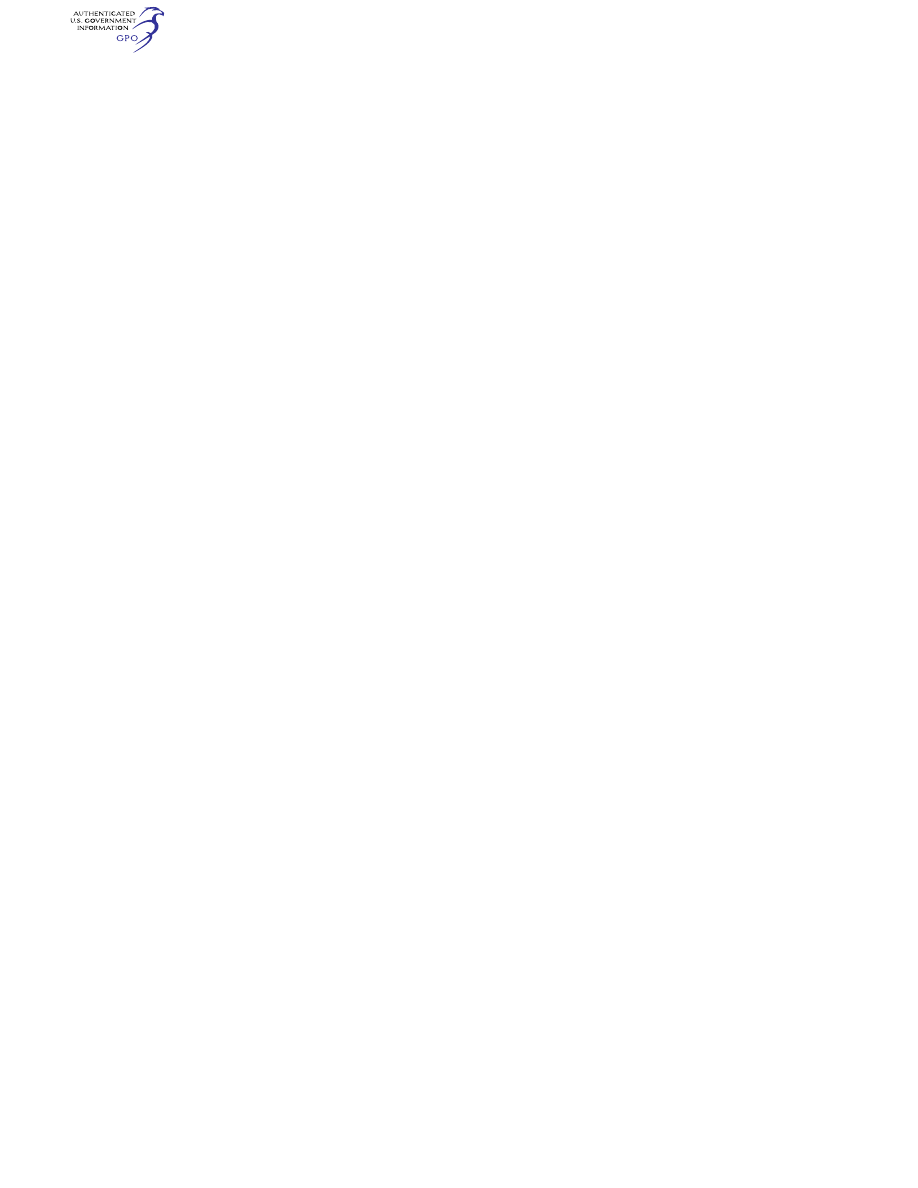
679
Federal Aviation Administration, DOT
Pt. 29, App. A
(2) The steady rates of climb and in-
ground-effect hovering ceiling, to-
gether with the corresponding air-
speeds and other pertinent informa-
tion, including the calculated effects of
altitude and temperature;
(3) The landing distance, appropriate
airspeed, and type of landing surface,
together with all pertinent information
that might affect this distance, includ-
ing the effects of weight, altitude, and
temperature;
(4) The maximum safe wind for oper-
ation near the ground;
(5) The airspeed calibrations;
(6) The height-velocity envelope ex-
cept for rotorcraft incorporating this
as an operating limitation;
(7) Glide distance as a function of al-
titude when autorotating at the speeds
and conditions for minimum rate of de-
scent and best glide angle, as deter-
mined in § 29.71;
(8) Out-of-ground effect hover per-
formance determined under § 29.49 and
the maximum safe wind demonstrated
under the ambient conditions for data
presented. In addition, the maximum
weight for each altitude and tempera-
ture condition at which the rotorcraft
can safely hover out-of-ground-effect in
winds of not less than 17 knots from all
azimuths. These data must be clearly
referenced to the appropriate hover
charts; and
(9) Any additional performance data
necessary for the application of any op-
erating rule in this chapter.
[Doc. No. 5084, 29 FR 16150, Dec. 3, 1964, as
amended by Amdt. 29–21, 48 FR 4392, Jan. 31,
1983; Amdt. 29–24, 49 FR 44440, Nov. 6, 1984;
Amdt. 29–39, 61 FR 21901, May 10, 1996; Amdt.
29–40, 61 FR 21908, May 10, 1996; Amdt. 29–44,
64 FR 45338, Aug. 19, 1999; Amdt. 29–51, 73 FR
11001, Feb. 29, 2008; Amdt. 29–59, 88 FR 8740,
Feb. 10, 2023]
§ 29.1589
Loading information.
There must be loading instructions
for each possible loading condition be-
tween the maximum and minimum
weights determined under § 29.25 that
can result in a center of gravity beyond
any extreme prescribed in § 29.27, as-
suming any probable occupant weights.
A
PPENDIX
A
TO
P
ART
29—I
NSTRUCTIONS
FOR
C
ONTINUED
A
IRWORTHINESS
a29.1
General
(a) This appendix specifies requirements
for the preparation of Instructions for Con-
tinued Airworthiness as required by § 29.1529.
(b) The Instructions for Continued Air-
worthiness for each rotorcraft must include
the Instructions for Continued Airworthiness
for each engine and rotor (hereinafter des-
ignated ‘‘products’’), for each appliance re-
quired by this chapter, and any required in-
formation relating to the interface of those
appliances and products with the rotorcraft.
If Instructions for Continued Airworthiness
are not supplied by the manufacturer of an
appliance or product installed in the rotor-
craft, the Instructions for Continued Air-
worthiness for the rotorcraft must include
the information essential to the continued
airworthiness of the rotorcraft.
(c) The applicant must submit to the FAA
a program to show how changes to the In-
structions for Continued Airworthiness made
by the applicant or by the manufacturers of
products and appliances installed in the
rotorcraft will be distributed.
a29.2
Format
(a) The Instructions for Continued Air-
worthiness must be in the form of a manual
or manuals as appropriate for the quantity
of data to be provided.
(b) The format of the manual or manuals
must provide for a practical arrangement.
a29.3
Content
The contents of the manual or manuals
must be prepared in the English language.
The Instructions for Continued Airworthi-
ness must contain the following manuals or
sections, as appropriate, and information:
(a)
Rotorcraft maintenance manual or section.
(1) Introduction information that includes an
explanation of the rotorcraft’s features and
data to the extent necessary for mainte-
nance or preventive maintenance.
(2) A description of the rotorcraft and its
systems and installations including its en-
gines, rotors, and appliances.
(3) Basic control and operation information
describing how the rotorcraft components
and systems are controlled and how they op-
erate, including any special procedures and
limitations that apply.
(4) Servicing information that covers de-
tails regarding servicing points, capacities of
tanks, reservoirs, types of fluids to be used,
pressures applicable to the various systems,
location of access panels for inspection and
servicing, locations of lubrication points, the
lubricants to be used, equipment required for
servicing, tow instructions and limitations,
mooring, jacking, and leveling information.
(b)
Maintenance Instructions. (1) Scheduling
information for each part of the rotorcraft
VerDate Sep<11>2014
09:06 Jun 28, 2024
Jkt 262046
PO 00000
Frm 00689
Fmt 8010
Sfmt 8002
Y:\SGML\262046.XXX
262046
jspears on DSK121TN23PROD with CFR